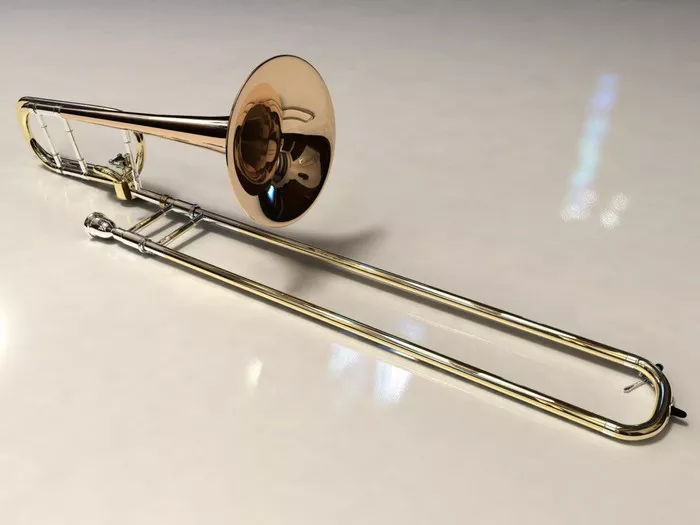The trombone, with its powerful and resonant tones, is a versatile and expressive instrument. However, there are times when practicing at full volume may not be feasible or considerate. Whether you live in an apartment, have close neighbors, or simply want to practice without disturbing others, learning how to practice the trombone quietly is a valuable skill for any musician.
1. Understanding the Challenges
One of the inherent challenges of practicing the trombone quietly is its brass nature. Unlike some other instruments, the trombone requires a certain amount of airflow and embouchure control to produce a sound, making it difficult to mute entirely. However, there are techniques and tools available to help minimize the volume without sacrificing the quality of your practice.
2. Mute Selection
One effective way to practice quietly on the trombone is to use mutes. Mutes alter the instrument’s sound by reducing the volume and changing the tonal characteristics. There are various types of mutes available for the trombone, including straight mutes, cup mutes, and practice mutes. Practice mutes are specifically designed for low volume, making them an excellent choice for quiet practice sessions.
3. Choosing the Right Practice Mute
When selecting a practice mute, it’s crucial to consider factors such as sound quality, resistance, and playability. Some practice mutes may sacrifice tone quality for volume reduction, so it’s essential to find a balance that works for your practice needs. Brands like Yamaha, Denis Wick, and Jo-Ral offer high-quality practice mutes that are popular among trombonists.
4. Developing Embouchure Control
Practicing quietly requires a heightened level of embouchure control. The embouchure, or the way a player shapes their lips and facial muscles, plays a significant role in controlling the volume of the trombone. By developing precise embouchure control, you can produce a focused and controlled sound even at lower volumes.
5. Utilizing Breathing Techniques
Effective use of breathing techniques is another crucial aspect of practicing the trombone quietly. By controlling your breath and air support, you can maintain a steady and controlled sound without the need for excessive volume. Focus on diaphragmatic breathing and efficient air management to maximize the effectiveness of your practice at lower volumes.
6. Implementing Long Tones and Slurs
Incorporating long tones and slurs into your practice routine can be beneficial when working on playing quietly. Long tones help you develop a consistent and controlled sound, while slurs enhance your ability to move between notes smoothly. Both exercises can be practiced at lower volumes, allowing you to refine your technique without disturbing those around you.
7. Time Management for Quiet Practice
Finding the right time to practice quietly is essential, especially if you share living spaces with others. Consider scheduling your practice sessions during hours when noise levels are generally lower, such as during the day or early evening. Communicating with neighbors or household members about your practice schedule can also foster understanding and cooperation.
8. Utilizing Technology
Advancements in technology have provided musicians with additional tools for practicing quietly. Consider using electronic practice mutes or connecting your trombone to a digital interface and using headphones. This allows you to hear your playing clearly without external noise, making it an ideal solution for quiet and focused practice sessions.
9. Exploring Silent Practice Options
For situations where even the use of practice mutes may be too loud, silent practice options can be considered. Silent brass systems, which include a mute with built-in electronic components, allow you to play the trombone silently while hearing the sound through headphones. While these systems can be more expensive, they provide an excellent solution for practicing in noise-sensitive environments.
10. Balancing Quiet and Full-Volume Practice
While learning to practice the trombone quietly is valuable, it’s essential to maintain a balance between quiet and full-volume practice. Playing at a variety of volumes is crucial for developing a well-rounded skill set and adapting to different musical settings. Use quiet practice as a supplement to your regular routine, ensuring that you address both technical and expressive aspects of playing the trombone.
See Also: Trombone vs. Trumpet: Which Is Better?
In conclusion
Mastering the art of practicing the trombone quietly requires a combination of technique, tools, and thoughtful consideration. By incorporating practice mutes, developing embouchure control, utilizing breathing techniques, and exploring technological options, trombonists can refine their skills without disturbing their surroundings. Finding the right balance between quiet and full-volume practice is key to becoming a versatile and considerate musician.


